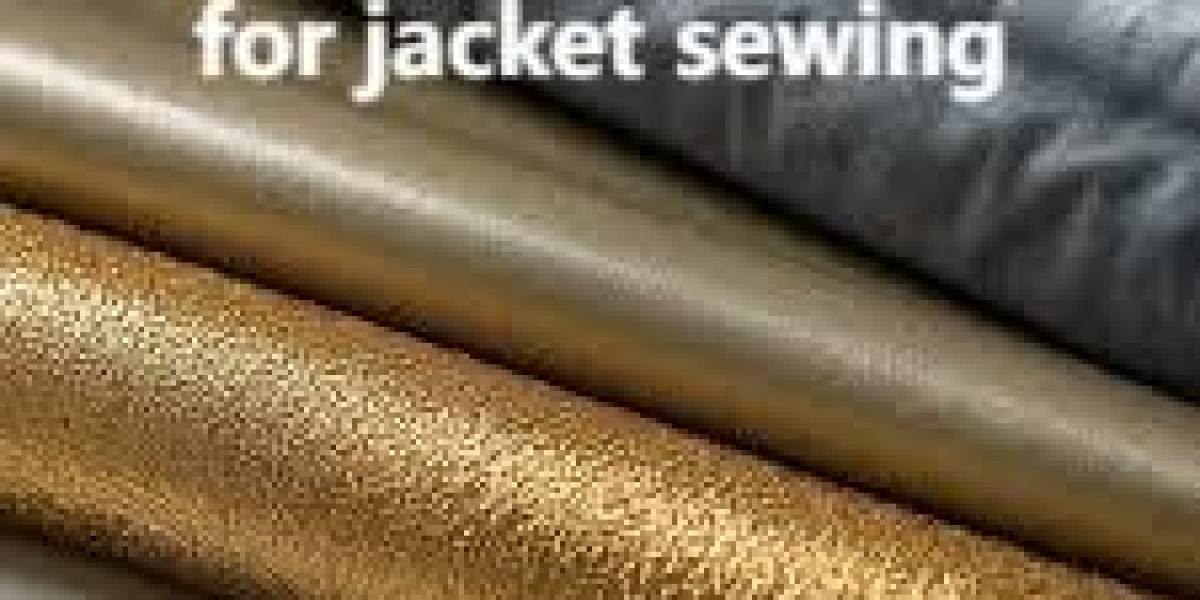The world of modern textiles has been deeply shaped by the integration of Interlining into everyday applications. From the structure of high-end suits to the resilience of upholstery and the refinement of technical fabrics, Interlining provides unseen yet essential benefits. It allows garments to retain form, gives strength to delicate fabrics, and enhances the lifespan of products across industries. While it may not be visible to consumers, its contribution is central to the performance and quality of the final product.
Strengthening Garment Design
The foundation of many garments relies on hidden textile layers that preserve shape and ensure comfort. In tailored suits, shirts, and outerwear, this layer prevents sagging or wrinkling and enhances the overall silhouette. Designers depend on it to deliver consistency in shape while balancing flexibility for everyday movement. This hidden reinforcement not only improves appearance but also extends the life of the garment, enabling it to withstand repeated wear and cleaning cycles.
Variety of Functional Uses
One of the defining qualities of this textile component is its versatility. Fusible types bond to fabric under heat, providing stability for collars, cuffs, and plackets. Sew-in types are preferred for luxury fabrics where softness is a priority. Woven versions provide durability, while nonwoven options offer cost-effective alternatives. This wide selection allows manufacturers to customize choices according to the needs of specific fabrics, ensuring the right balance of strength, flexibility, and breathability.
Expanding Beyond Fashion
The influence of this fabric is not limited to apparel. In upholstery, it provides stability and resistance, ensuring cushions and covers retain their intended shape. In automotive interiors, it strengthens fabric layers to endure frequent use while enhancing passenger comfort. Even in home textiles such as curtains and bedding, it helps achieve smoother finishes and additional thermal or acoustic properties. The unseen role it plays across diverse industries makes it one of the most adaptable components in textile production.
Moving Toward Sustainability
With global attention on environmental responsibility, the textile industry is finding innovative solutions to make its hidden layers more sustainable. Recycled fibers, eco-friendly adhesives, and energy-efficient production methods are becoming more common. These efforts align with international sustainability goals, helping reduce environmental impact while maintaining the quality and function of fabrics. The push toward greener practices ensures this important material will continue to evolve alongside consumer demand for ethical products.
Looking Ahead in Fabric Technology
The future of textiles lies in innovation, and this includes unseen fabric layers. Smart technologies are being explored, such as moisture management, antibacterial properties, and even thermal regulation. These advancements are expanding possibilities, turning this fabric from a passive supporting element into an active functional layer. As design tools and manufacturing techniques evolve, the potential for new applications will only grow, shaping the next generation of clothing, furniture, and industrial products.
In conclusion, this hidden textile element plays a far-reaching role across industries. It is a foundation for style, durability, and innovation in garments and beyond. With growing sustainability efforts and new technological applications, its significance will only deepen in the years ahead. To explore more insights about this essential material, visit https://www.interlining-factory.com/news/what-is-interlining-types-applications-and-more.html








